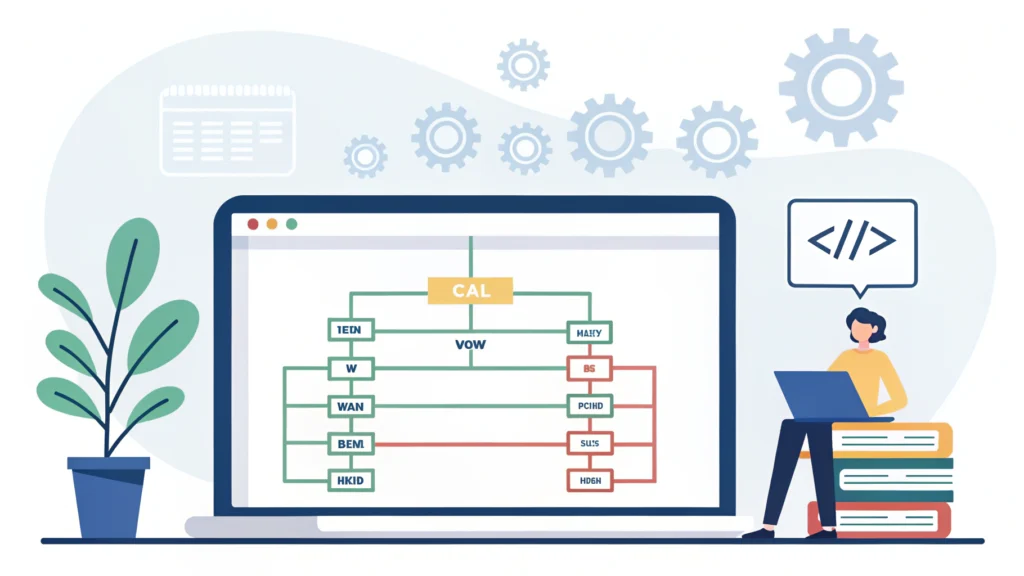Introduction
In today’s digital landscape, making your website responsive is crucial for providing an optimal user experience across various devices. Responsive design ensures that your website looks great on desktops, tablets, and smartphones alike. This guide will walk you through the process of making your website responsive using CSS, featuring practical examples and tips.
What is Responsive Design?
Responsive design is an approach that allows your website to adapt its layout and content based on the screen size and resolution. This is achieved through flexible grids, images, and CSS media queries.
Step 1: Setting Up the Viewport
To ensure your website is responsive, start by setting the viewport meta tag in your HTML. This tag tells browsers how to control the page’s dimensions and scaling.
<meta name="viewport" content="width=device-width, initial-scale=1.0">Step 2: Using CSS Media Queries
Media queries are a fundamental aspect of responsive web design. They allow you to apply different styles based on the device’s characteristics, such as width, height, and orientation.
Example of Media Queries
@media only screen and (max-width: 600px) {
body {
background-color: lightblue;
}
}
@media only screen and (min-width: 601px) and (max-width: 1024px) {
body {
background-color: lightgreen;
}
}Step 3: Utilizing Flexbox for Layouts
Flexbox is a powerful CSS layout module that helps create responsive designs easily. It allows you to distribute space along a single column or row.
Example of Flexbox
.container {
display: flex;
flex-wrap: wrap;
}
.item {
flex: 1 1 300px; /* Grow, shrink, base width */
margin: 10px;
}Step 4: Implementing CSS Grid Layout
For complex layouts, CSS Grid is an excellent tool. It allows you to design grid-based layouts that adapt to different screen sizes.
Example of CSS Grid
.grid-container {
display: grid;
grid-template-columns: repeat(auto-fill, minmax(250px, 1fr));
gap: 10px;
}
.grid-item {
background-color: lightcoral;
padding: 20px;
text-align: center;
}Step 5: Testing Responsiveness
Once you’ve implemented your responsive CSS, it’s essential to test your website across various devices and screen sizes. You can use tools like the Responsive Simulator to visualize your design on different resolutions.
FAQs
1. What is the difference between responsive and adaptive design?
Responsive design fluidly adjusts to any screen size, while adaptive design uses predefined screen sizes to display specific layouts.
2. Can I make my existing website responsive?
Yes, you can make your existing website responsive by adding media queries, using flexible units like percentages, and implementing CSS Flexbox or Grid.
3. Are there any tools to help with CSS optimization?
Absolutely! You can use the CSS Minifier to optimize your stylesheets and reduce file sizes.
Conclusion
Making your website responsive with CSS is an essential skill for developers. By following the steps outlined in this guide and utilizing the provided examples, you can create a website that offers an optimal experience for all users. Don’t forget to leverage tools like the WebToolsLab for various web development needs, from button generation to color picking!
